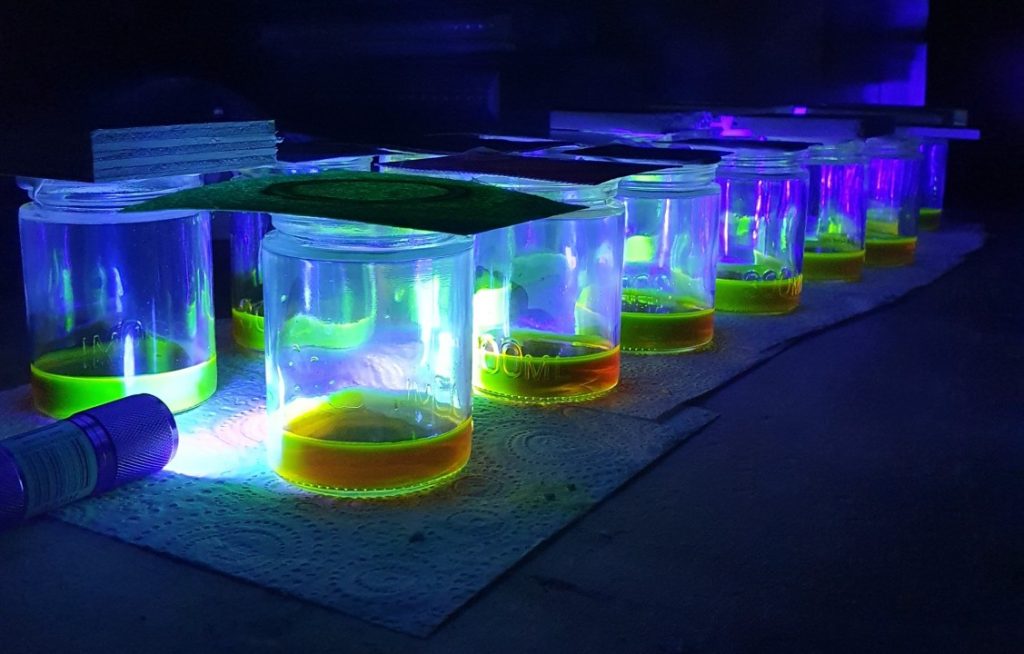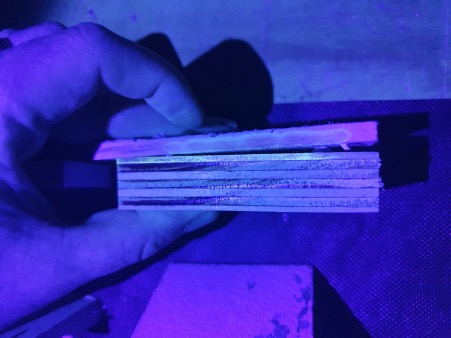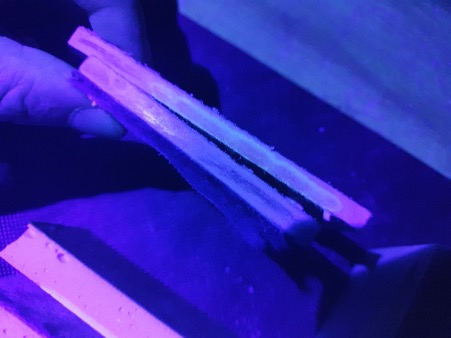
Remember procedure BW from BWS005? The one that looks like a roof? Well let’s use that same idea for a wall underlay that is pliable and see if water drips through. This is actually a reasonable concept, is a wall underlay that is waterproof. Funny enough, the requirement for a wall underlay is more difficult to pass than for a roof! Ok, take your membrane, put some water on top, wait a day and see if water came through. Simple.
How much water? The standard NS4201 says 100mm on top. The height probably matters (more water, more pressure) but not that much for a wall. But E2/AS1 Table 23 says 20mm, why did they change it? I don’t know the full story but my guess is something like the product at the time that had been “working” didn’t work. Anyways, use 20mm I guess.
Underlays also need to be absorbent according to E2/AS1? Why? Surely you’d want a membrane to prevent external moisture being accumulated (that’s a building code requirement). Still unclear to me how an absorbent material prevents the accumulation of moisture, I’m pretty sure absorbing is the same as accumulating.
Back to our test. A good test is one where some things pass and some fail and that makes a minimum standard. And preferably that test somewhat represents a condition you might actually experience in the field. And you’d want to choose a test that prevents someone doing stupid things, like using plywood as a water barrier (hold that thought). And to understand if a test method was successful, you include a control, something you know will most definitely pass, and another material you think will most definitely fail. This is how you eliminate false negatives: a thing that passed the test but was actually not good enough.
We tested every building wrap and rigid air layer on the NZ market (just the good ones actually), to see if they met these requirements and we threw in a couple other materials as controls. We were mostly interested in the rigid air layers for our test. In our test, we used a piece of 19mm plywood, something you would never think of using as a rigid air layer without a membrane. I won’t list out all the other materials here to protect the innocent.

We used florescent dye in the water, and a UV light to make it easy to see if water tracked through, and to use for cool photos.

Actually, this test has a kind of good story: Good news: every single product was able to pass the E2/AS1 test. 14/14 samples showed no signs of water leakage after 24hrs and 20mm of water.

The bad news: our control sample (the 19mm plywood) also passed the test, and actually better than some of the other products on the market.
So long story made short here, almost anything can pass that standard, and that’s then not a useful standard.
The other take away from this is the rigid air layers you’ve been using are kind of absorbent and don’t prevent water any better than plywood. Building wraps are obviously a much better design philosophy as they ‘prevent the accumulation of water’ which is a building code requirement. Parting photo of a rigid air layer with a wrap on the bottom (no penetration at all) and on the top without a building wrap (5mm penetration, 6mm would be a failure).






